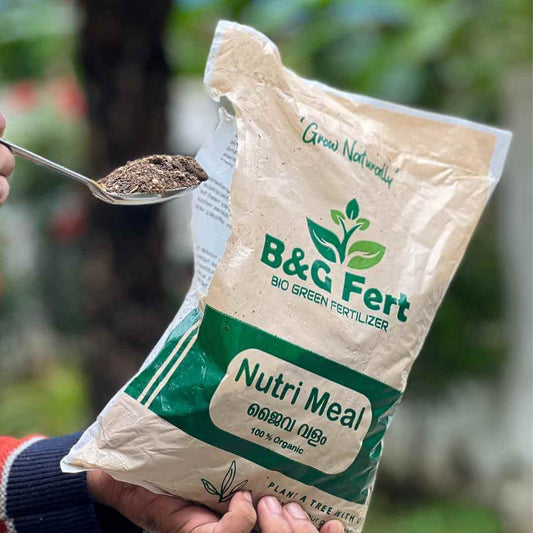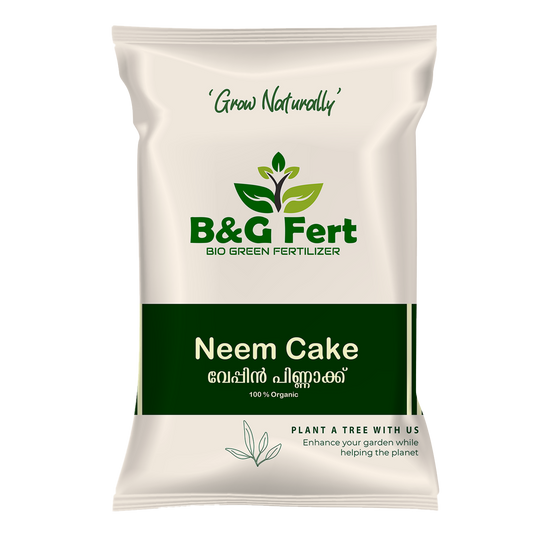
Tips for Enhancing Soil Fertility and Health: A Comprehensive Guide
Healthy soil is the foundation of successful farming and gardening. It supports plant growth, boosts crop yields, and ensures a sustainable environment. Whether you’re a seasoned farmer or a home gardener, improving soil fertility and health is key to cultivating robust and productive plants. Here’s a comprehensive guide with actionable tips to enhance soil fertility and health effectively.
1. Conduct Soil Testing Regularly
Understanding your soil's current condition is the first step to improving its fertility. Regular soil testing provides valuable insights into its pH level, nutrient content, and organic matter.
-
Tips:
- Perform soil tests at least once a year.
- Use results to determine the specific amendments needed for your soil.
- Adjust soil pH with lime or sulfur based on test results to optimize nutrient availability.
2. Add Organic Matter
Organic matter improves soil structure, water retention, and nutrient content. It also promotes the growth of beneficial microorganisms.
-
Tips:
- Incorporate compost, well-rotted manure, or green manure crops into your soil.
- Use organic mulches like straw or wood chips to protect the soil and add nutrients as they decompose.
- Avoid using fresh manure directly on plants to prevent burning and disease.
3. Implement Crop Rotation
Rotating crops helps manage soil fertility and reduce pest and disease pressure by alternating plants with different nutrient requirements and pest profiles.
-
Tips:
- Rotate nitrogen-fixing legumes (e.g., beans) with nutrient-demanding crops (e.g., corn).
- Follow a diverse rotation plan to avoid soil depletion and break pest cycles.
- Include cover crops to enrich the soil between main crops.
4. Use Cover Crops
Cover crops, such as clover or rye, help improve soil fertility and structure by adding organic matter and protecting the soil from erosion.
-
Tips:
- Plant cover crops during off-seasons or between main crops to keep the soil covered.
- Choose cover crops that fix nitrogen or add biomass, depending on your soil needs.
- Incorporate cover crops into the soil before they go to seed for maximum benefit.
5. Practice No-Till or Reduced-Till Farming
Minimizing soil disturbance helps maintain soil structure, reduce erosion, and preserve beneficial soil organisms.
-
Tips:
- Adopt no-till or reduced-till practices to keep soil structure intact.
- Use mulches or cover crops to protect the soil surface instead of tilling.
- Employ conservation tillage techniques to reduce soil compaction and maintain fertility.
6. Apply Balanced Fertilizers
Using the right fertilizers helps provide essential nutrients to plants while maintaining soil health. Opt for balanced fertilizers that offer a mix of nitrogen, phosphorus, and potassium, along with trace elements.
-
Tips:
- Apply fertilizers based on soil test recommendations to avoid over-fertilization.
- Use slow-release or organic fertilizers to provide a steady nutrient supply.
- Incorporate micronutrients if needed, but avoid excess application to prevent toxicity.
7. Encourage Beneficial Soil Organisms
Beneficial soil organisms like earthworms, bacteria, and fungi play a crucial role in decomposing organic matter and recycling nutrients.
-
Tips:
- Add organic matter to provide food for beneficial soil organisms.
- Avoid excessive use of chemical pesticides and fertilizers that can harm these organisms.
- Consider adding soil inoculants to boost beneficial microbial populations.
8. Manage Water Efficiently
Proper water management helps maintain soil moisture levels, which is crucial for plant growth and soil health.
-
Tips:
- Use drip irrigation or soaker hoses to deliver water directly to the roots, reducing evaporation.
- Mulch around plants to retain soil moisture and reduce the need for frequent watering.
- Ensure proper drainage to prevent waterlogging and soil erosion.
9. Prevent Soil Erosion
Soil erosion depletes topsoil, which contains the highest concentration of nutrients. Implementing erosion control measures helps preserve soil fertility.
-
Tips:
- Use contour plowing and terracing on slopes to reduce runoff and soil loss.
- Plant cover crops or ground cover to protect the soil surface.
- Employ windbreaks or buffer strips to minimize wind and water erosion.
10. Regularly Monitor and Adjust Practices
Continuously monitoring your soil and adjusting your practices ensures long-term soil health and productivity.
-
Tips:
- Observe changes in plant health and soil condition to identify potential issues early.
- Adapt your soil management practices based on crop performance and environmental conditions.
- Stay informed about new soil health practices and incorporate them as needed.
Conclusion
Enhancing soil fertility and health is a continuous process that involves careful planning, monitoring, and adaptation. By following these tips and understanding the needs of your soil, you can create a thriving environment for your plants. Healthy soil not only boosts crop yields and plant health but also contributes to a sustainable and productive ecosystem. Implement these practices to ensure your soil remains fertile and healthy for years to come.













